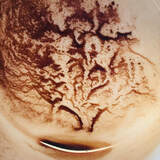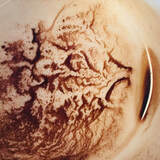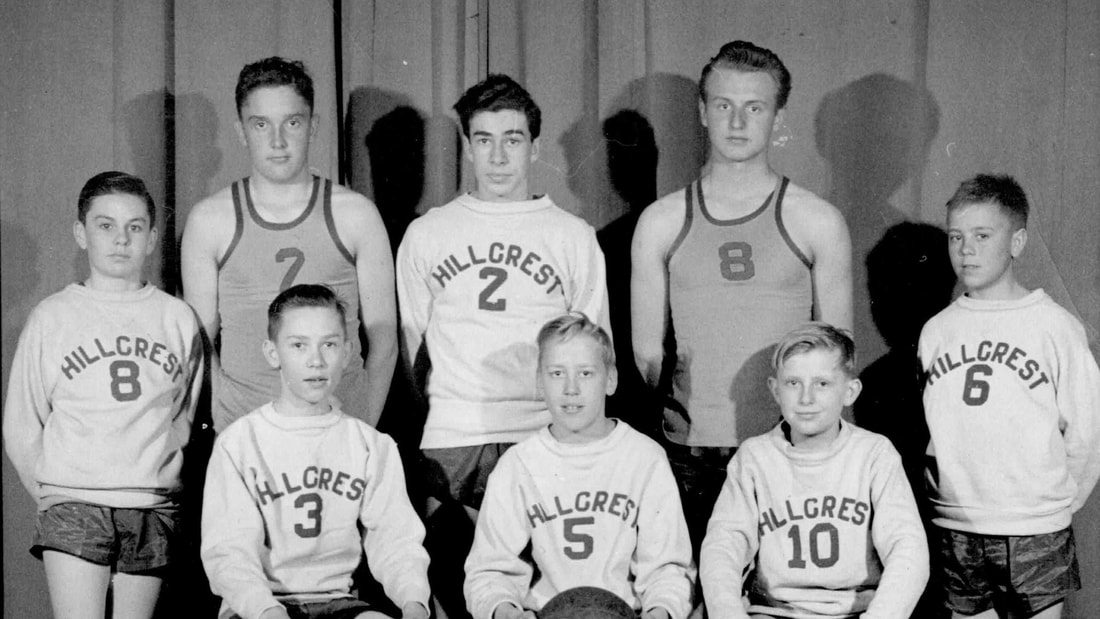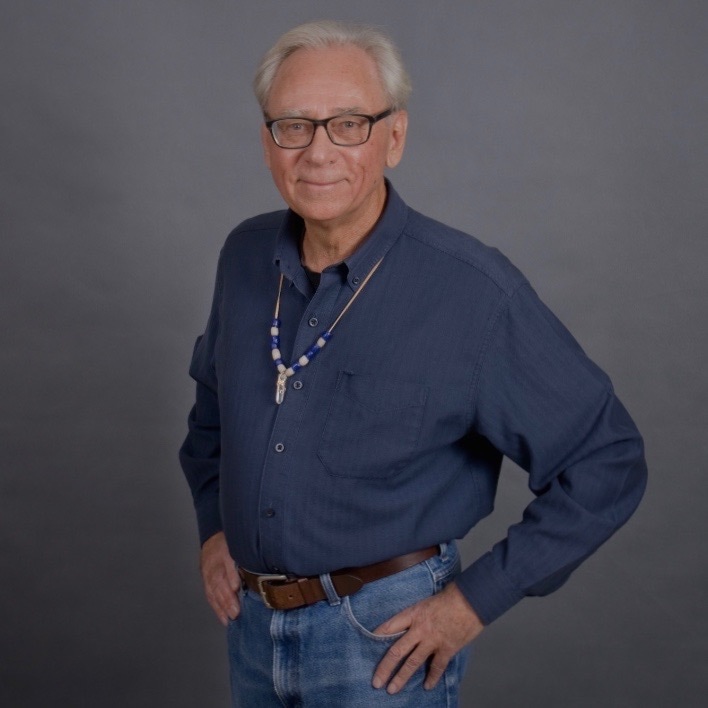|
Scene 1 – SAVE RUDY – Hillcrest Middle School, Milwaukee, Wisconsin, December 1951 “Die, Nazi, die,” resounds across the snow-covered playground as Gordon heaves an ice ball like an arrow into my friend Rudy’s shoulder. Spinning backward, he falls over walls of a snow fort we are building. We call Gordon the Black Knight. His chest is like a barrel and hands are bigger than grapefruit. He shoots another arrow as I duck behind crumbled snow. Gordon has few friends and enough time to pack snowballs during morning recess, stockpile them in the sun to melt and freeze in shadows of afternoon recess to become arrows of ice. Rudy crawls to my side. Tears frost on his cheeks. “It’s Gordon again, Bobby. I wish he would leave me alone.” “Yeah, I know.” I look at Rudy. We became friends earlier this year while playing basketball. We also sit side-by-side in classroom because our last names begin with W. Rudy’s parents are second generation German-American. World War II is our passion. We spend weekend afternoons playing war games with pencil and paper. Rudy would draw an airplane with a swastika on a plane’s tail. Then he would pass the paper to me and I would sketch a tank with an American star on its side. Next I would push the paper back to Rudy and he would draw lines of gunfire from a Nazi warplane striking the ground harmlessly around my American tank. Rudy would then return the paper to me and I drew tank fire scoring critical hits on the Nazi airplane. I penciled circles of smoke over the exploded aircraft and a spiral that tracked the doomed aircraft’s crash to earth. “You win, Bobby,” Rudy would say. He always chose to be Germany. Another arrow flies past my head. I pitch a snowball in return. Snow dust bursts harmlessly on the Black Knight’s chest. He shoots an arrow to Rudy’s leg. “Die, Nazi, die!” I have to save Rudy. I roll down the snow-covered hill toward a baseball diamond away from battle. The hill is pockmarked from boots of schoolmates, crevasses on a mountain glacier to slow a mountaineer’s descent. Arrows, like aircraft bullets miss an American tank, fall around me. Crawling to the backstop I run in a crouch toward the two-story red brick school building. At the front door I sprint along a stand of Norway pines to circle behind Gordon. He doesn’t hear my boots crunch on the hard-packed snow until he turns to see me grab his ammunition. I shoot several arrows at Rudy. “Die, Nazi, Die!” “Hey, Bobby, here’s more ammo,” Gordon shouts. “Thanks, I’m tired of this.” I point toward the pines. “Let’s get Billy. He needs a face wash in the snow.” Gordon lifts his snow-covered body and lumbers toward Billy. “Die, Billy, Die.” Scene 2 – POINT OF VIEW – Farm house kitchen, Ashton, Wisconsin, May 2020 “Your coffee is amazing, Dan.” I say. “Since you only drink tea, how do you make such good coffee?” “Thanks, Bobby. I never have to drink my mistakes so I’m open to experiment.” I lean toward Dan and hand him my empty cup. “Sometimes we do our best when we’re ready for possibilities.” Dan’s eyes meet mine. “Interesting.” Rubbing my chin, I lean back in my chair. “Notice the pattern of coffee residue in the bottom of my cup. Maybe you’ve seen this before? Have you taken time to notice? What do you see in the abstract shapes in my cup?”  Nothing in particular, just lots of swirls. What do you see, Bobby?” “I see a Dr. Seuss type of character with two eyes, wide cheekbones, and a hat like the character Grinch.” Dan gazes into my cup. “I don’t see Mr. Grinch.” “Don’t worry,” I say. “We see what we’re ready to experience. Perception is what we believe. We can’t see what we block from our attention. Whether we call failure to see self-deception or our blind spot, we can’t perceive another person’s point of view, their reality, until we change our perspective, or drink their coffee so to speak.”  I motion to Dan. “Rotate the cup a quarter turn to the right and notice how your perception may change with a different perspective. What you didn’t see before may now become obvious or you may see something new.” Dan gasps, handing me the cup. “I see a male lion in profile. His jaws gaping as he roars, mane twisting, and flowing back from his head.” “Yes,” I say. “I see your point of view.” THE END If this post is meaningful, please like or tweet below or leave a comment. Thank you for your interest and possible action you may take. Richard Wilberg, MS, PLCC, ACC Creativity Coach for Personal Fulfillment and Career Success
0 Comments
Your comment will be posted after it is approved.
Leave a Reply. |
About the AuthorI write personal essays, creative non-fiction, flash fiction, and self-development articles from my home in Madison, Wisconsin.
Archives
May 2023
Categories
All
|



 RSS Feed
RSS Feed